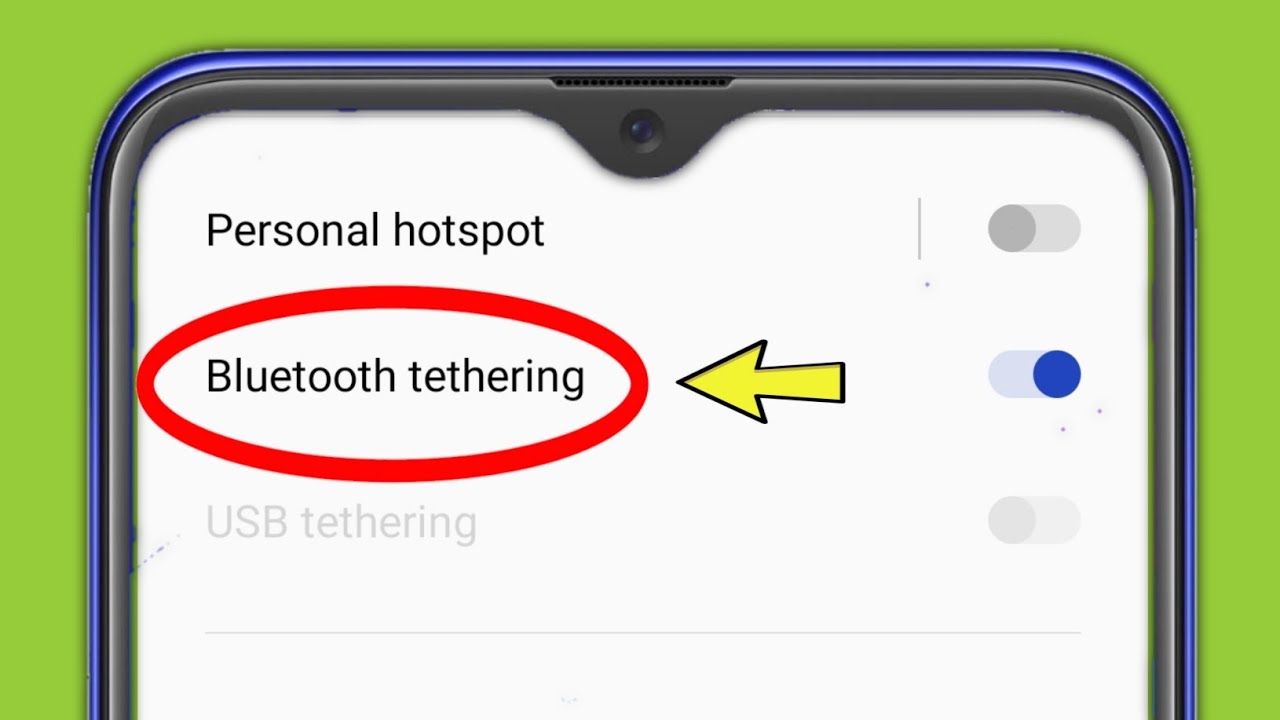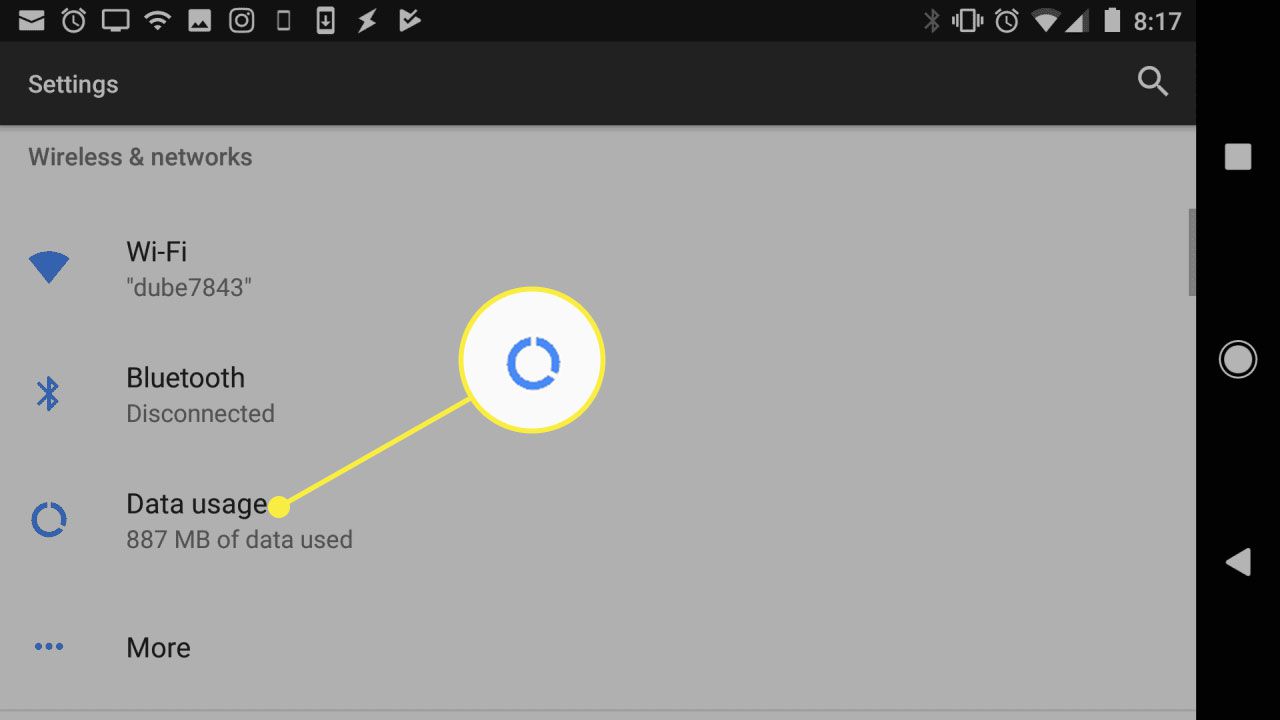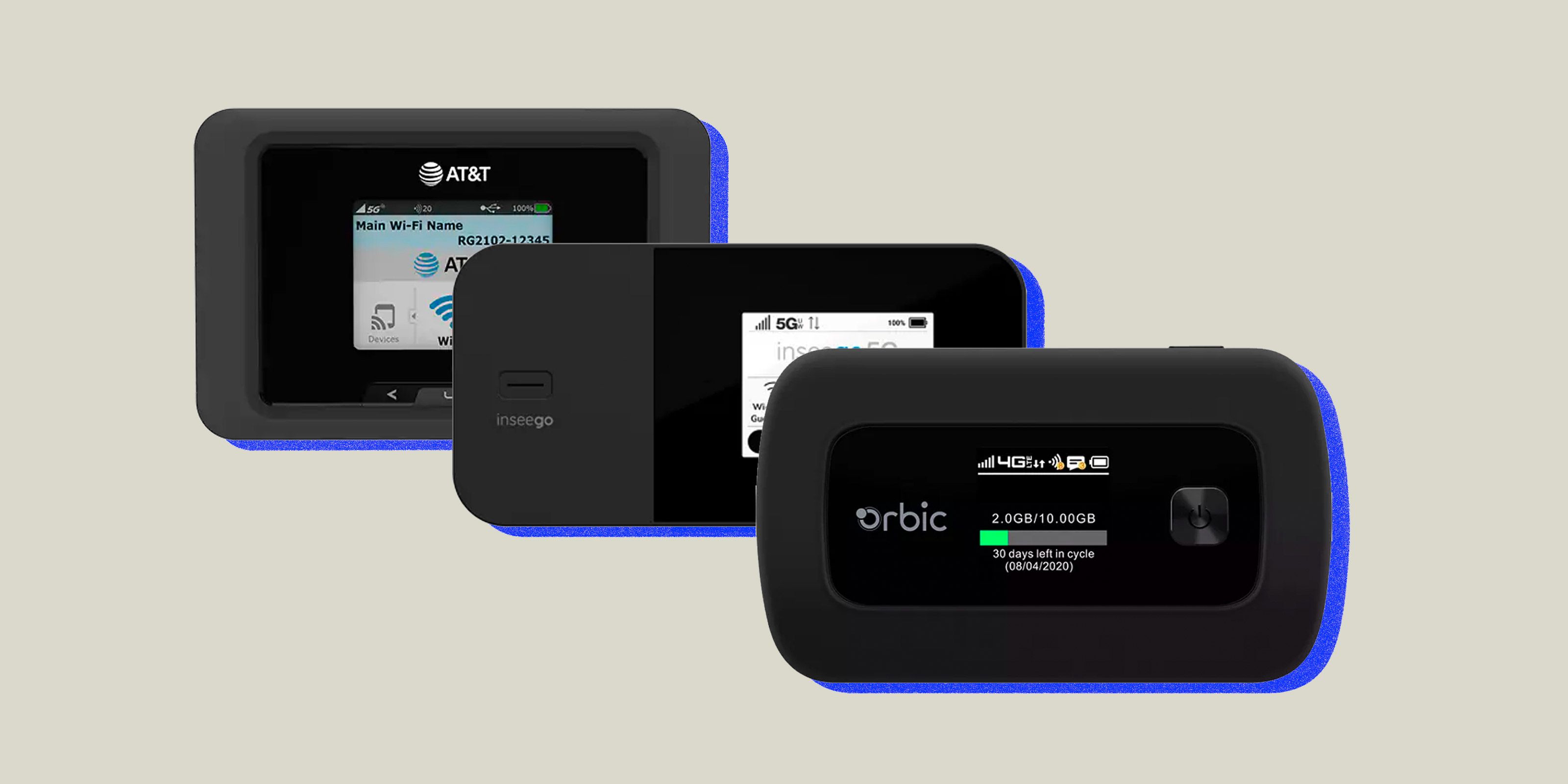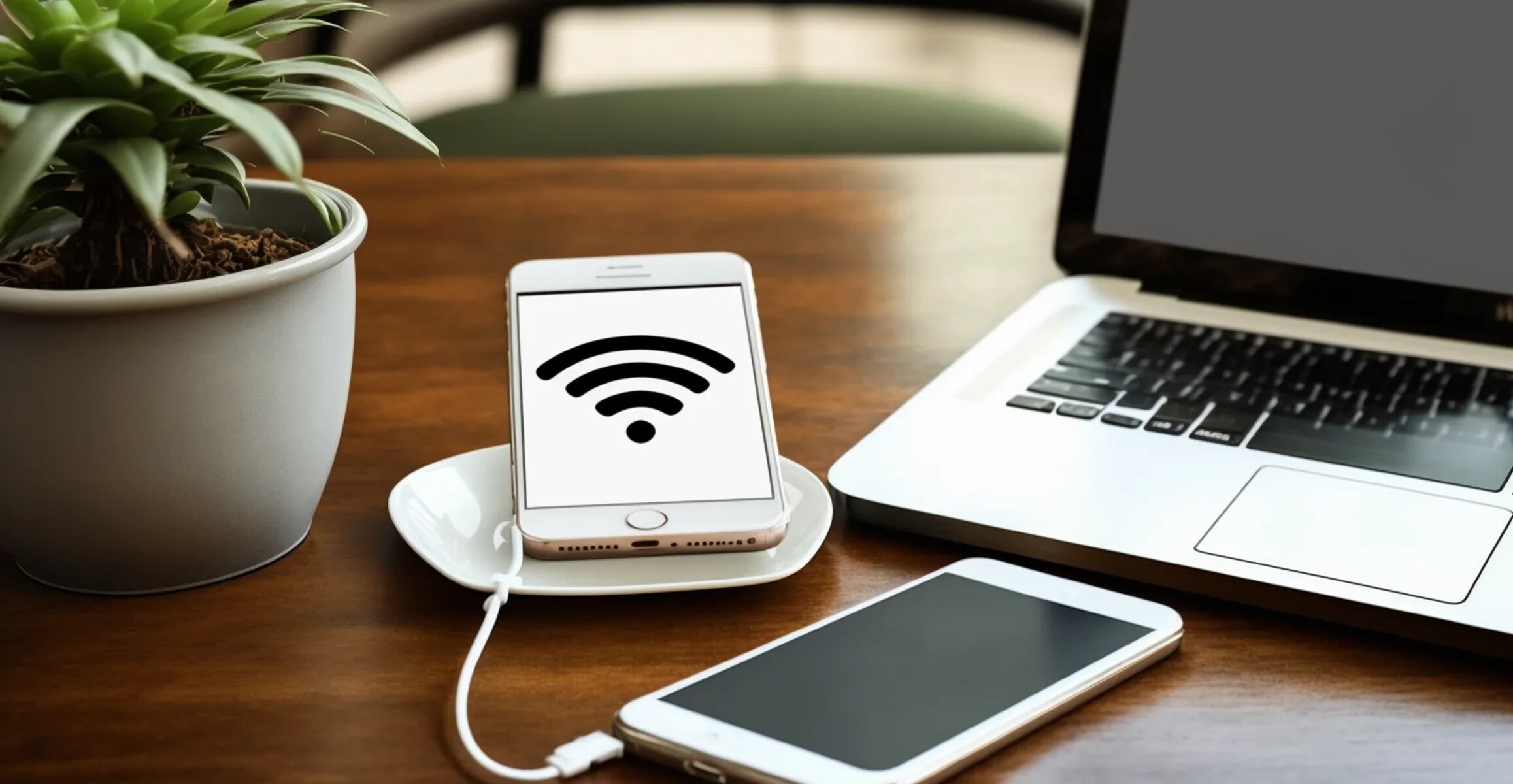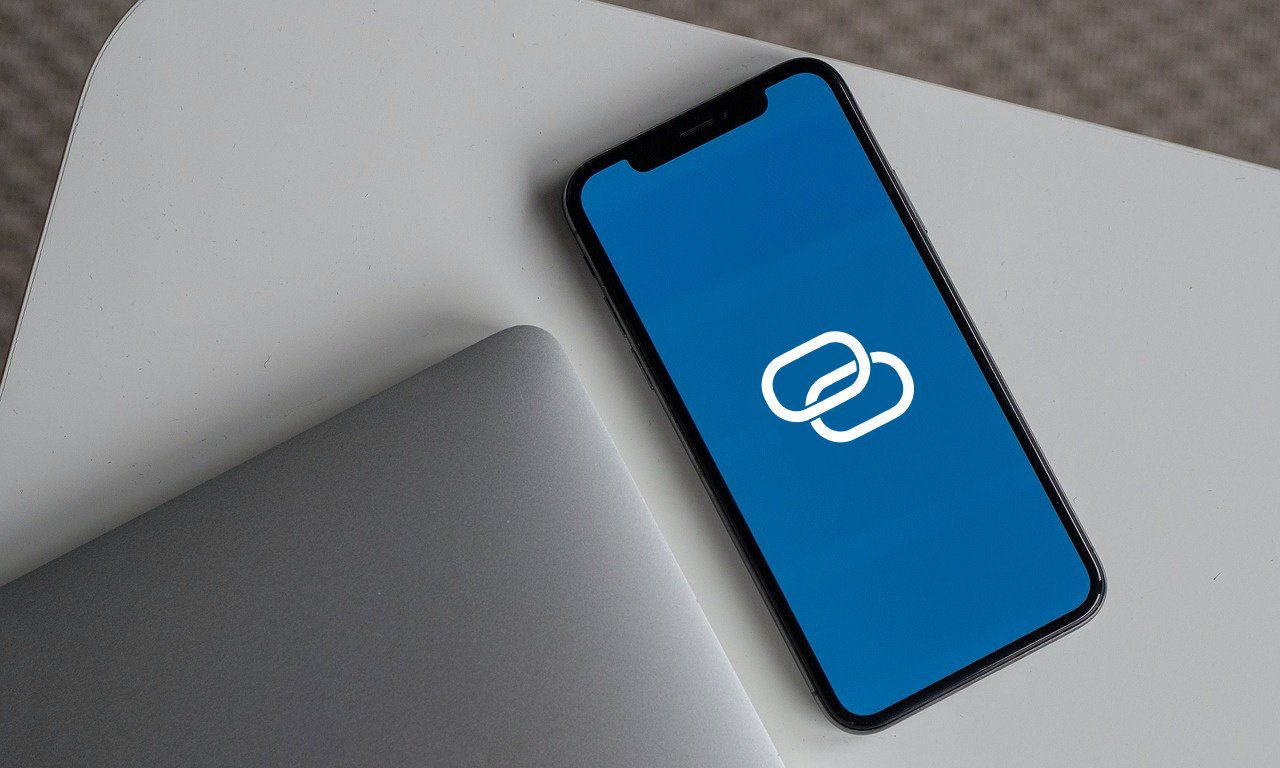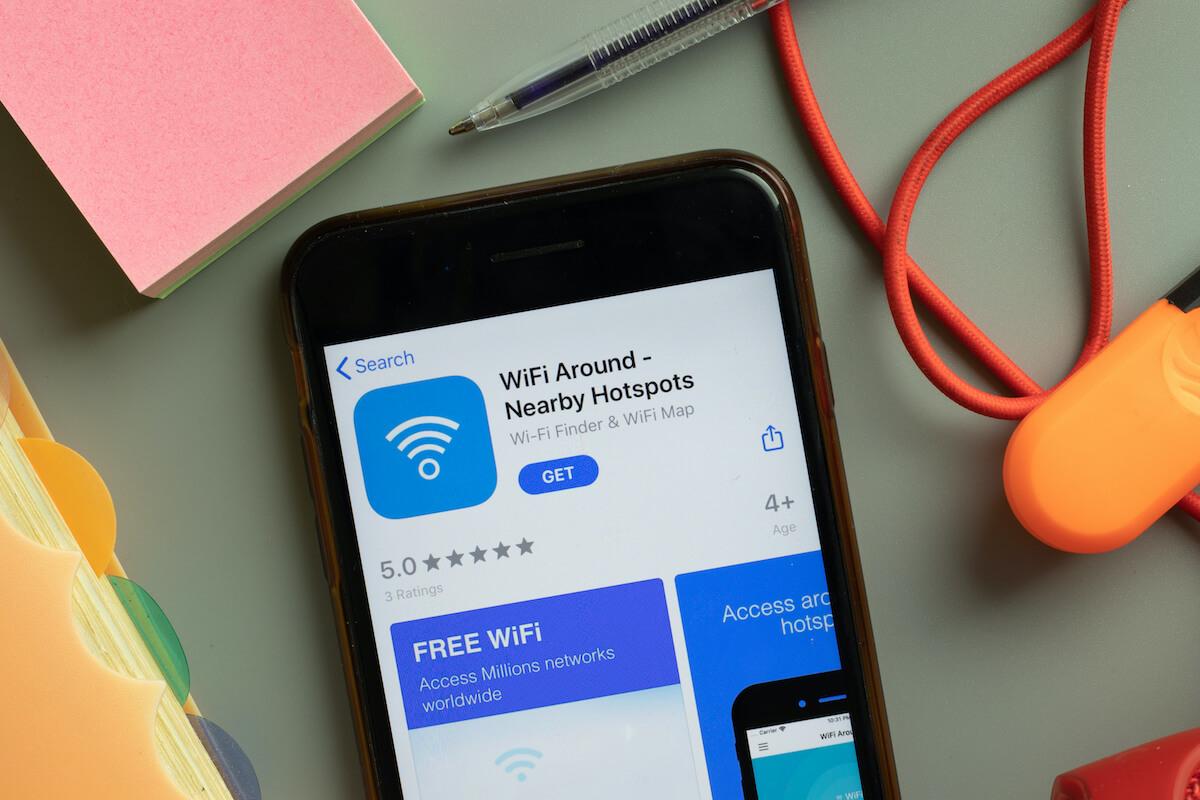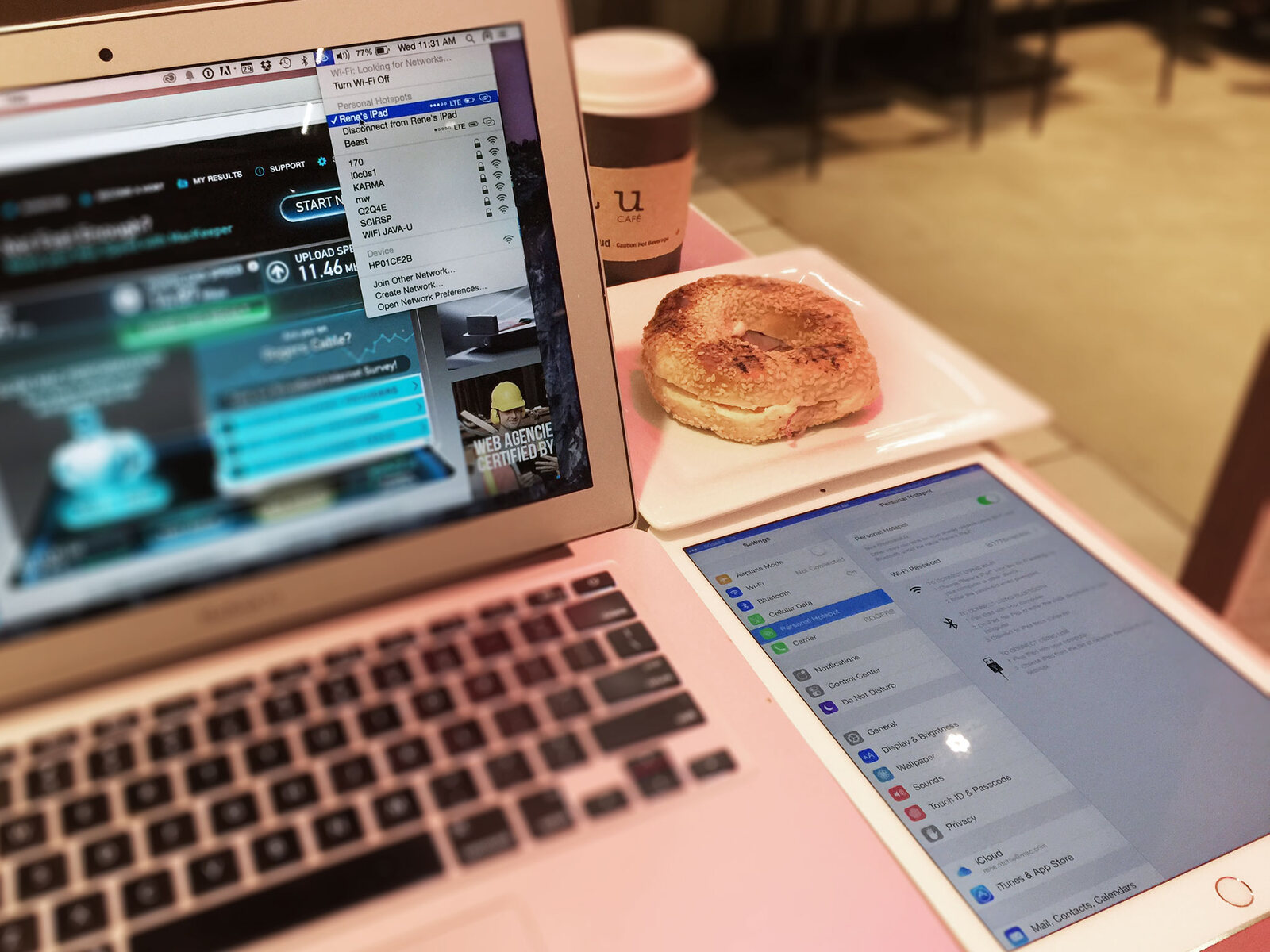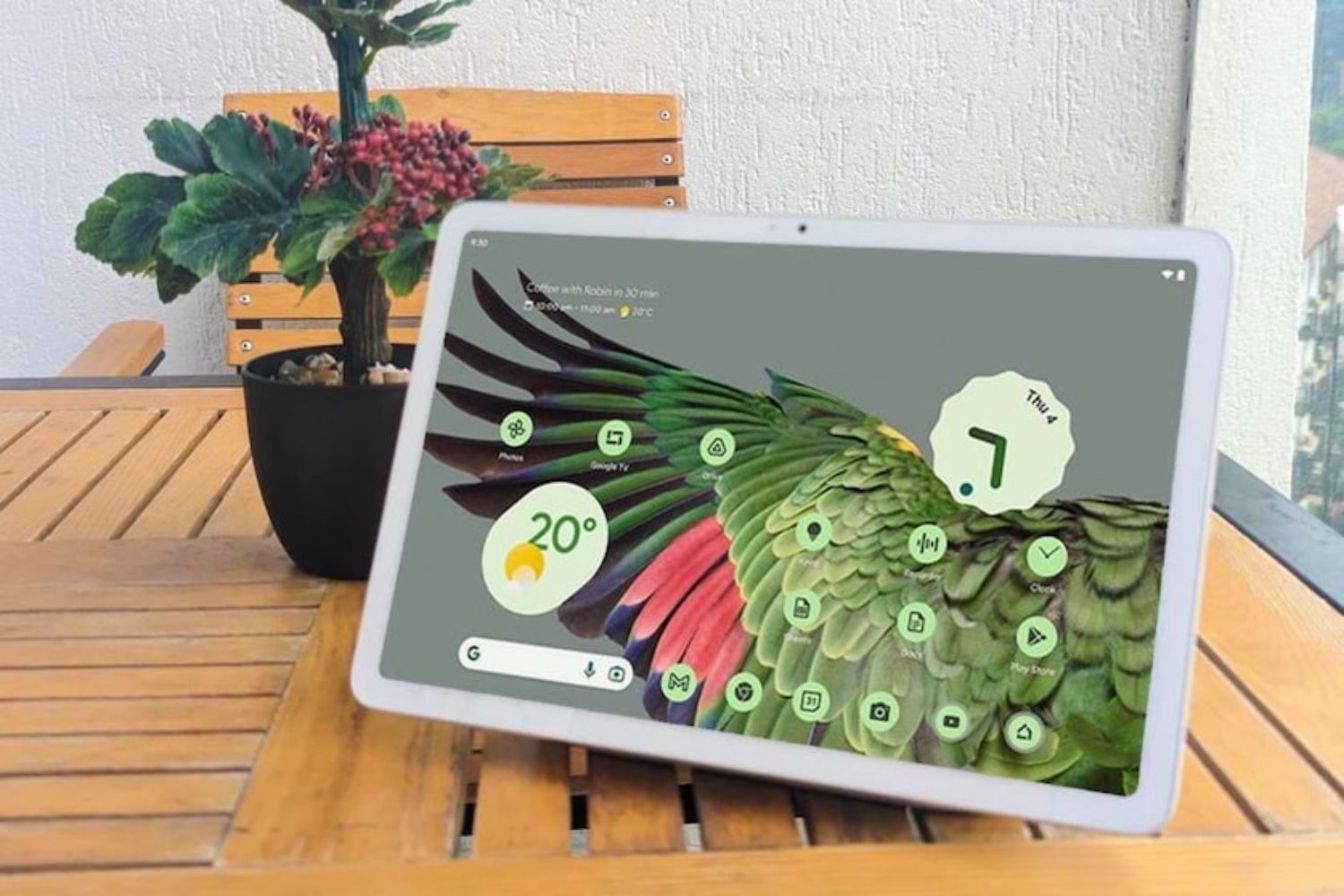Introduction
In today's fast-paced digital age, staying connected on the go is more important than ever. Whether it's for work, leisure, or emergencies, having a reliable internet connection while away from home or the office has become a necessity. This is where the concepts of mobile hotspot and tethering come into play. Both of these technologies enable users to access the internet on their devices outside the traditional Wi-Fi network, but they function in distinct ways. Understanding the differences between mobile hotspot and tethering is crucial for making informed decisions about how to stay connected while on the move.
These two methods offer flexibility and convenience, allowing users to access the internet from their smartphones or other devices. However, it's essential to grasp the unique features and implications of each option to determine which best suits individual needs and preferences. By delving into the specifics of mobile hotspot and tethering, users can gain a deeper understanding of how these technologies work and how they can benefit from them in various situations. Let's explore the intricacies of mobile hotspot and tethering to shed light on their functionalities, advantages, and potential drawbacks.
What is a Mobile Hotspot?
A mobile hotspot is a feature available on many smartphones and portable devices that allows users to create a wireless internet connection for other devices to connect to. In essence, it turns the device into a portable Wi-Fi router, enabling other devices, such as laptops, tablets, or other smartphones, to access the internet using the cellular data network of the mobile hotspot provider. This functionality is particularly useful when traditional Wi-Fi networks are unavailable, unreliable, or insecure.
When a mobile hotspot is activated on a smartphone, it broadcasts a Wi-Fi signal that nearby devices can detect and connect to. This allows users to share their cellular data connection with other devices, effectively creating a personal Wi-Fi network on the go. The connection speed and quality depend on the strength of the cellular signal and the data plan of the mobile hotspot provider.
One of the key advantages of a mobile hotspot is its portability. Users can access the internet from virtually anywhere within the coverage area of their cellular network, making it an ideal solution for remote work, travel, or outdoor activities. Additionally, mobile hotspots can support multiple devices simultaneously, making them suitable for sharing internet access with friends, family, or colleagues.
It's important to note that using a mobile hotspot consumes data from the user's cellular plan. Therefore, it's essential to be mindful of data usage to avoid potential overage charges or throttling of internet speeds. Some mobile hotspot plans offer unlimited data, while others have data caps and throttling policies, so users should be aware of their specific plan details.
Overall, a mobile hotspot serves as a convenient and versatile tool for staying connected on the go, providing a reliable internet connection for various devices when traditional Wi-Fi networks are unavailable or impractical. Its ease of use and flexibility make it a valuable asset for individuals and professionals who require seamless internet access outside the confines of traditional Wi-Fi environments.
What is Tethering?
Tethering is the process of using a smartphone or mobile device to share its internet connection with another device, such as a laptop, tablet, or another smartphone. Unlike a mobile hotspot, which creates a Wi-Fi network for multiple devices to connect to, tethering establishes a direct connection between the primary device and the secondary device, allowing the latter to access the internet through the former's cellular data connection.
There are several methods of tethering, including USB tethering, Bluetooth tethering, and Wi-Fi tethering. USB tethering involves connecting the primary device to the secondary device using a USB cable, enabling the secondary device to access the internet through the primary device's cellular data. Bluetooth tethering utilizes a Bluetooth connection to share the internet connection between devices, while Wi-Fi tethering creates a wireless network for the secondary device to join, similar to a mobile hotspot.
Tethering offers a convenient way to access the internet on secondary devices without the need for a separate internet plan or Wi-Fi network. It is particularly useful in situations where traditional Wi-Fi networks are unavailable, such as when traveling or working in remote locations. Additionally, tethering can be a cost-effective solution for individuals who require occasional internet access on their secondary devices, as it leverages the existing cellular data plan of the primary device.
One of the key benefits of tethering is its versatility across different devices and operating systems. Whether using a smartphone, tablet, or laptop, users can easily tether their devices to access the internet without relying on external Wi-Fi networks. This flexibility makes tethering a valuable feature for individuals who need to stay connected while on the move or in areas with limited connectivity options.
However, it's important to consider the impact of tethering on the battery life and data usage of the primary device. Tethering can consume more battery power, especially when using wireless tethering methods such as Bluetooth or Wi-Fi. Additionally, users should be mindful of their data usage to avoid exceeding their cellular plan's data limits and incurring additional charges.
In summary, tethering provides a practical and efficient means of sharing an internet connection with secondary devices, offering flexibility and convenience in various scenarios. Whether using USB, Bluetooth, or Wi-Fi tethering, users can harness the connectivity of their primary device to ensure seamless internet access for their secondary devices, making it a valuable tool for staying connected beyond the confines of traditional Wi-Fi networks.
Key Differences Between Mobile Hotspot and Tethering
The primary distinction between mobile hotspot and tethering lies in how they facilitate internet access for secondary devices. Understanding these differences is crucial for users seeking the most suitable method to stay connected on the go.
Network Configuration
Mobile hotspot creates a portable Wi-Fi network that allows multiple devices to connect and access the internet simultaneously. In contrast, tethering establishes a direct connection between the primary device and the secondary device, enabling the latter to utilize the primary device's cellular data connection.
Device Compatibility
Mobile hotspot is compatible with a wide range of devices, including laptops, tablets, and other smartphones, as long as they support Wi-Fi connectivity. On the other hand, tethering can be achieved through various methods such as USB, Bluetooth, or Wi-Fi, providing compatibility with different types of devices, including those without Wi-Fi capabilities.
Connection Setup
Setting up a mobile hotspot involves activating the feature on the primary device and allowing other devices to connect to the created Wi-Fi network. Tethering, on the other hand, requires establishing a direct connection between the primary and secondary devices using USB, Bluetooth, or Wi-Fi, depending on the chosen tethering method.
Battery Consumption
In terms of battery usage, mobile hotspot may consume more power on the primary device due to the continuous broadcasting of a Wi-Fi signal. Tethering methods such as USB and Bluetooth generally have a lower impact on battery life compared to Wi-Fi tethering, making them more power-efficient options.
Data Consumption
Mobile hotspot and tethering differ in how they utilize data from the primary device's cellular plan. With a mobile hotspot, the data is shared among all connected devices, potentially leading to faster data depletion, especially when multiple devices are simultaneously accessing the internet. In contrast, tethering typically involves a single secondary device using the primary device's data connection, resulting in more controlled data usage.
Understanding these key differences can help users make informed decisions based on their specific connectivity needs, device compatibility, and preferences. Whether opting for the flexibility of a mobile hotspot or the direct connection of tethering, individuals can leverage these distinct methods to ensure seamless internet access while on the move.
Advantages and Disadvantages of Mobile Hotspot
Mobile hotspots offer several benefits that make them a popular choice for staying connected on the go. However, they also come with certain drawbacks that users should consider when evaluating their suitability for specific scenarios.
Advantages
-
Portability: One of the primary advantages of a mobile hotspot is its portability. Users can access the internet from virtually anywhere within the coverage area of their cellular network, providing flexibility for remote work, travel, or outdoor activities.
-
Multiple Device Support: Mobile hotspots allow multiple devices, such as laptops, tablets, and other smartphones, to connect and access the internet simultaneously. This makes them an ideal solution for sharing internet access with friends, family, or colleagues while on the move.
-
Flexibility: With a mobile hotspot, users are not bound by the limitations of traditional Wi-Fi networks. They can create their own personal Wi-Fi network, enabling seamless internet access in environments where Wi-Fi may be unavailable, unreliable, or insecure.
-
Ease of Use: Activating a mobile hotspot on a smartphone is typically straightforward, requiring only a few taps to create a Wi-Fi network for other devices to connect to. This ease of use makes mobile hotspots accessible to users with varying technical expertise.
Disadvantages
-
Data Consumption: Using a mobile hotspot consumes data from the user's cellular plan. This can lead to faster data depletion, especially when multiple devices are simultaneously accessing the internet through the hotspot. Users need to be mindful of their data usage to avoid potential overage charges or throttling of internet speeds.
-
Battery Drain: Continuous broadcasting of a Wi-Fi signal on the primary device can lead to increased battery consumption. This is particularly relevant for smartphones, as using the hotspot feature may result in quicker battery depletion, especially when the device is also being used for other tasks.
-
Dependence on Cellular Signal: The quality of the internet connection provided by a mobile hotspot is contingent on the strength of the cellular signal in the area. In locations with poor signal reception, the performance of the mobile hotspot may be compromised, leading to slower speeds or intermittent connectivity.
-
Additional Costs: Some cellular providers may charge extra for mobile hotspot functionality or impose limitations on data usage when using the hotspot feature. Users should be aware of their specific plan details and any associated costs or restrictions.
Understanding these advantages and disadvantages can help individuals make informed decisions about utilizing a mobile hotspot based on their specific needs, usage patterns, and preferences. By weighing the pros and cons, users can effectively leverage the benefits of mobile hotspots while mitigating potential drawbacks to ensure a seamless and reliable internet experience on the go.
Advantages and Disadvantages of Tethering
Tethering offers a range of advantages and disadvantages that are important for users to consider when evaluating its suitability for their specific connectivity needs and usage scenarios.
Advantages
-
Cost-Effective Connectivity: Tethering provides a cost-effective solution for accessing the internet on secondary devices without the need for a separate data plan or reliance on external Wi-Fi networks. By leveraging the existing cellular data connection of the primary device, users can avoid additional expenses associated with acquiring separate data plans for each device.
-
Versatility Across Devices: Tethering is compatible with a variety of devices, including smartphones, tablets, and laptops, regardless of their Wi-Fi capabilities. This versatility allows users to seamlessly share the internet connection of their primary device with different types of secondary devices, enhancing connectivity options in diverse settings.
-
No Additional Hardware Required: Unlike traditional Wi-Fi hotspots or routers, tethering does not necessitate the use of additional hardware or devices. By utilizing the built-in connectivity features of smartphones and other mobile devices, users can quickly establish a direct internet connection for their secondary devices without the need for extra equipment.
-
Flexibility in Connectivity Methods: Tethering offers flexibility through various connectivity methods, including USB, Bluetooth, and Wi-Fi tethering. This diversity enables users to choose the most suitable tethering method based on their device compatibility, preferences, and specific usage scenarios, enhancing adaptability in different connectivity environments.
Disadvantages
-
Impact on Battery Life: Tethering can lead to increased battery consumption on the primary device, particularly when using wireless tethering methods such as Bluetooth or Wi-Fi. The continuous transmission of data to support the secondary device's internet access may contribute to faster battery drain, necessitating mindful management of power usage.
-
Data Consumption Considerations: While tethering typically involves a single secondary device accessing the internet through the primary device's cellular data connection, users should be cautious of their data usage to avoid exceeding their data plan limits. Vigilant monitoring of data consumption is essential to prevent unexpected charges or throttling of internet speeds.
-
Device Proximity Requirement: Tethering generally requires the secondary device to be in close proximity to the primary device, especially when using USB or Bluetooth tethering methods. This proximity constraint may limit the mobility and flexibility of the secondary device's internet access, particularly in situations where physical distance between devices is a consideration.
-
Potential Compatibility Issues: Depending on the tethering method and device compatibility, users may encounter compatibility challenges when attempting to establish a tethering connection between their primary and secondary devices. This may necessitate troubleshooting and adjustments to ensure seamless connectivity across devices.
By understanding the advantages and disadvantages of tethering, users can make informed decisions about harnessing this connectivity method to meet their specific internet access requirements. Whether prioritizing cost-effective connectivity, device versatility, or flexibility in connectivity methods, individuals can leverage the benefits of tethering while proactively addressing potential drawbacks to optimize their mobile internet experience.
How to Choose Between Mobile Hotspot and Tethering
When faced with the decision of whether to utilize a mobile hotspot or tethering for accessing the internet on secondary devices, several factors come into play. Understanding the distinct characteristics and implications of each method is essential for making an informed choice that aligns with individual connectivity needs and preferences.
Consider Device Compatibility
When choosing between mobile hotspot and tethering, it's important to consider the compatibility of the secondary devices that will be accessing the internet. Mobile hotspots are suitable for devices with Wi-Fi capabilities, such as laptops, tablets, and smartphones. On the other hand, tethering offers versatility across different devices, including those without built-in Wi-Fi support, through methods such as USB and Bluetooth tethering. Assessing the compatibility requirements of the secondary devices can guide the selection of the most suitable connectivity method.
Evaluate Data Usage Patterns
Understanding personal or professional data usage patterns is crucial in determining the most appropriate connectivity method. If there is a need to provide internet access to multiple devices simultaneously, a mobile hotspot may be the preferred choice due to its ability to support multiple connections. Conversely, if the primary focus is on providing internet access to a single device or managing data consumption more effectively, tethering may offer a more controlled approach to data usage.
Assess Mobility and Portability Needs
Considering the mobility and portability requirements is essential when deciding between mobile hotspot and tethering. Mobile hotspots provide greater flexibility in terms of creating a portable Wi-Fi network, allowing users to access the internet from various locations within the coverage area of their cellular network. Tethering, while offering direct connectivity, may have proximity limitations, especially with USB or Bluetooth tethering methods, as the secondary device needs to be in close physical proximity to the primary device. Evaluating the specific mobility and portability needs can guide the selection of the most suitable connectivity method for seamless internet access on the go.
Account for Battery Life and Power Consumption
The impact on battery life and power consumption is a critical consideration when choosing between mobile hotspot and tethering. Mobile hotspots, particularly when using Wi-Fi, may lead to increased battery drain on the primary device due to continuous signal broadcasting. In contrast, tethering methods such as USB and Bluetooth tethering generally have a lower impact on battery life. Understanding the implications of power consumption and battery usage can influence the choice of connectivity method, especially for users prioritizing efficient power management.
Factor in Connectivity Flexibility and Convenience
Assessing the desired level of connectivity flexibility and convenience is pivotal in the decision-making process. Mobile hotspots offer the convenience of creating a portable Wi-Fi network with minimal setup, making them suitable for scenarios where quick and straightforward internet access is essential. Tethering, with its diverse connectivity methods, provides flexibility across different devices and usage scenarios, catering to specific connectivity needs. Evaluating the importance of connectivity flexibility and convenience can guide users in selecting the most appropriate method to ensure seamless internet access based on their preferences.
By considering these key factors, individuals can make informed decisions about choosing between mobile hotspot and tethering, aligning their connectivity method with their specific needs, device compatibility, data usage patterns, mobility requirements, power consumption considerations, and connectivity preferences. This thoughtful approach enables users to harness the benefits of mobile connectivity methods while optimizing their internet access experience on the go.
Conclusion
In conclusion, the choice between using a mobile hotspot and tethering for accessing the internet on secondary devices hinges on a variety of factors, including device compatibility, data usage patterns, mobility and portability needs, battery life and power consumption, and connectivity flexibility and convenience. Understanding the distinct advantages and disadvantages of each method empowers users to make informed decisions that align with their specific connectivity requirements and preferences.
Mobile hotspots offer the portability, multiple device support, flexibility, and ease of use, making them an ideal choice for individuals and professionals seeking a convenient and versatile method of accessing the internet on the go. However, users should be mindful of data consumption, battery drain, dependence on cellular signal quality, and potential additional costs associated with mobile hotspot functionality.
On the other hand, tethering provides a cost-effective connectivity solution, versatility across devices, no additional hardware requirement, and flexibility in connectivity methods. While tethering offers these advantages, users need to consider its impact on battery life, data consumption, device proximity requirements, and potential compatibility issues.
By carefully evaluating these considerations, individuals can select the most suitable connectivity method—whether it be a mobile hotspot or tethering—to ensure seamless and reliable internet access while on the move. Whether prioritizing device compatibility, data usage control, mobility and portability, power efficiency, or connectivity flexibility, users can leverage the benefits of these connectivity methods while proactively addressing potential drawbacks to optimize their mobile internet experience.
Ultimately, both mobile hotspot and tethering serve as valuable tools for staying connected outside the confines of traditional Wi-Fi networks, offering flexibility, convenience, and cost-effective solutions for accessing the internet on secondary devices. With a clear understanding of the nuances and implications of each method, users can confidently navigate the dynamic landscape of mobile connectivity, enhancing their ability to stay connected and productive in various environments and scenarios.









